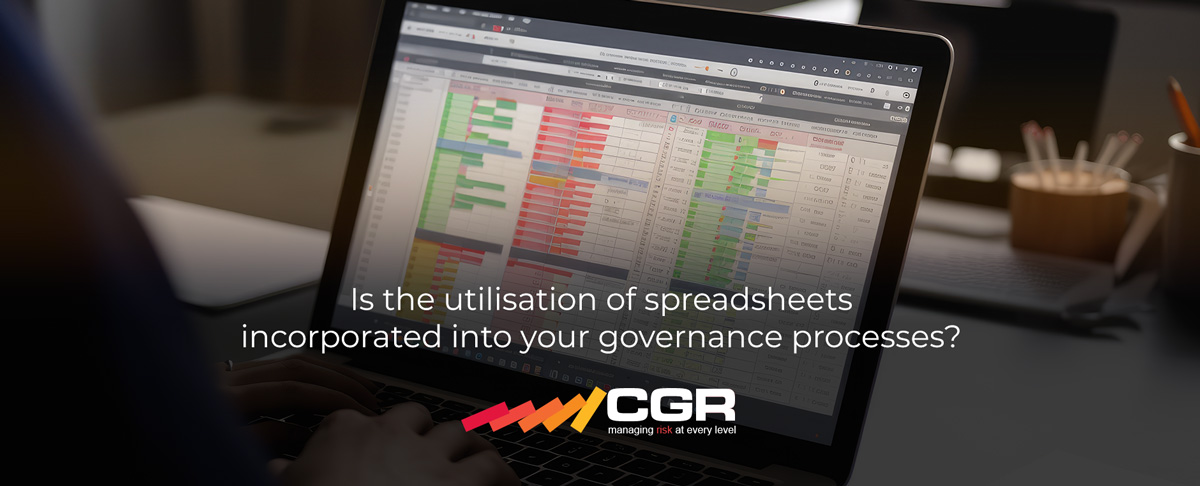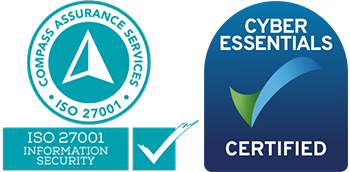From our director Patrick Parker
With a former public sector background, Patrick Parker, Director at CGR Ltd reflects on the impact of legacy approaches to business processes and how governance systems can unlock progress.

Are spreadsheets suitable for governance management?
Let’s be honest, spreadsheets are fine for what they were designed to do – basic everyday calculations. However, your organisation is probably awash with them for things they weren’t designed for – process and qualitative data such as for audits and action tracking.
Much of your workforce will have accepted this default way of working for decades. It’s a big problem hiding in plain sight.
Spreadsheets are great, but won’t work for every situation
One impact is the inefficient use of valuable human resources. Every day your teams will be manually cross-referencing spreadsheets against an array of other records, fighting with version control and standardisation. This increases the chances of seeing processes not followed, sending reminders, and painstakingly building PowerPoint slides from constantly changing data. Focus on the ‘what’ comes at the expense of addressing the ‘so what’.
Live updates: Spreadsheets’ version control challenge
Another impact is in the output of all this effort for your boards and committees.
From personal public sector experience, I would suggest the resulting slide decks and ‘master’ spreadsheets are inevitably out of date before they are even presented and probably offer an incomplete picture.
A single version of the truth is impossible to maintain manually in this type of data environment.
This in turn weakens the foundations of decision-making. Situational awareness can feel incomplete, and holding to account is hard – how clear and accessible is the picture of what needs to be done versus what has been done? The response can be to demand more data.
Unlocking progress
Increase efficiency with digitalisation
Breaking this attritional cycle involves targeting the real problem that needs to be solved – transformation in digital ways of working. Focus on this macro level will pay more dividends than chasing isolated symptoms. Cloud-based governance systems can hold the key – but bear in mind the following points…
What should you consider when choosing a cloud-based platform?
Most daily activity in your business probably boils down to the 3 following elements:
- Process
- Data
- People
So look for governance systems that are openly configurable by your staff as well as the vendor rather than being hard-wired to a particular task. In demonstrations, demand that the vendor shows how a typical field is added or changed – it should take minutes.
Involve staff with your system
Off-premise cloud systems with mobile apps support changing workforce patterns and expectations, whilst meeting the necessary information security thresholds. The aim is for your staff to be invested in the system and ‘own’ it, thereby reducing resistance to change.
Your governance ‘engine room’
Ensure the system is not another silo. It should allow data in from other sources, and data out to other applications (such as PowerBl for analytics). It should allow you freedom to bring in stakeholders from inside or outside your organisation to collaborate on your terms.
What factors should inspire your decision for the right governance tool?
In summary, the system should be your engine room for a controlled and standardised flow of processes, data, and the interaction of people – giving you a firm foundation for decision-making and holding to account, as well as measurable efficiency ROI.





